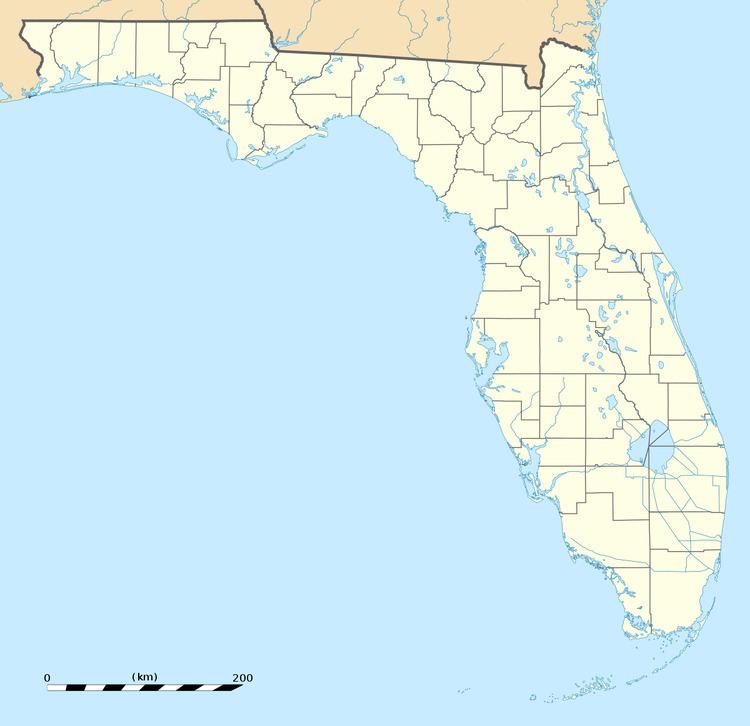NRHP Reference # 90001764 Added to NRHP 3 December 1990 | Area 15.82 km² | |
 | ||
Location | ||
The Big Mound Key-Boggess Ridge Archeological District is a historic site near Placida, Florida. It is located southeast of Placida, on Big Mound Key. On December 3, 1990, it was added to the U.S. National Register of Historic Places.
Big Mound Key is just off the mainland of the southern end of Cape Haze, at the entrance to Charlotte Harbor. The archaeological site on Big Mound Key covers 13.5 acres (5.5 ha), and includes four 20 feet (6.1 m) tall mounds arranged in a rectangle, linear ridges, and possible canals. The mounds and ridges consist primarily of conch shells. A radiocarbon date of about 2000 years old has been obtained from near the base of the trenched mound. Most radiocarbon dates and ceramics are from the Weeden Island culture period, about 400 to 900. The mound was the site of a village, possibly the seat of a large chiefdom, serving as an intermediate trade point between the Manasota people of the Tampa Bay area and the Calusa people to the south. There is evidence that the chief live at the top of one of the mounds.
Archaeologist George Luer began investigating Big Mound Key after looters used a bulldozer in 1981 to open up a mound in search of Spanish gold. The land had been purchased by the State of Florida in 1978, but little was done to protect the site. After obtaining a grant from the State of Florida, Luer led an intensive excavation of the site from 2008 until 2011.
